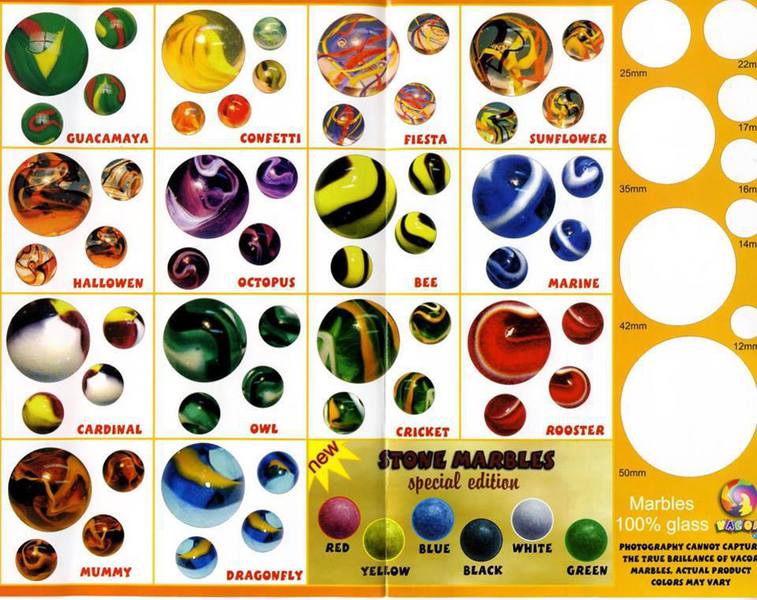

Types Of MarblesĪntique marbles are found in a large range of designs and types. These bubbles were made when the glassmaker would blow into a round blob of molten glass. Asides from the pontil, they also have flaws like marks that could indicate age and bubbles. They were cheaper and can shatter easily.Īntique marbles were handmade, so it was difficult to achieve a perfect design. Modern-day marbles were produced with lower-quality glass since demand superseded purpose. Since antique marbles were used in games in the old days, the quality of glass that was used was high and harder to break or crack. Usually, they are about 1 ⅟14 inches big. They are termed ‘sulphides’ and were produced in the 1800s. Rare and antique designs have small figures of animals or people at the center. This is perhaps one of the fastest ways to differentiate an original from a fake. Centre Design Source: Vintage German Handmade Sulphide Sulfide Marble 1.49 Inches Here, you get to share knowledge and experience with people of similar interests.ģ. This will assist you in clearly recognizing how an antique marble looks.Īnother way to get familiar with the appearance of marbles is to join collectors organizations or attend collectors events. Visit marble museums and pay close attention to their collections. You can familiarize yourself with books on the topic to help you with the identification. In addition, these antique marbles have patterns that tell you what period they were made in, and sometimes their country of manufacture. You can get the help of one to check the marble for authenticity. This might be tough to place if you are a new collector, but experts can tell the difference quickly.

#PICTORIAL PRICE GUIDE OF MARBLES PRO#
Pro Tip: If it looks like the color seems to have been applied over the glass base surface, the marble is modern. This is especially attributed to the fact that each one was individually made with care and precise concentration unlike the modern ones that were made in high quantities. Some handmade marbles don’t bear these marks and could be confused with the machine-made ones.Īs such, other factors, asides from the pontil, should be considered before arriving at the conclusion that a marble is antique or not.Īntique marbles have more vibrant and attractive colors than their modern counterparts. Once it is formed, the stick is broken off. While the procedure is being carried out, a stick is placed where the marble is supposed to be attached. It is usually gotten when the marble is handmade in a glassblowing process. The pontil marks are small rough patches opposite each other on the marble.

There are various ways by which you can determine an authentic antique from a fake. As expected, original and antique marbles were limited in number and thus, expensive - some trading as high as $7,000 – $9,000.Īs the years advanced, collectors became even more eager to find these rare pieces, exploitative dealers began reproducing these items and passing them off as the real deal. In the 1800s, marbles were being mass-produced and shipped to locations of high demand.
#PICTORIAL PRICE GUIDE OF MARBLES HOW TO#
How to identify antique marbles Differentiating The Old From The New Made by heating a colored/clear transparent glass cane with a glassblower, these marbles came in various patterns. However, glass marbles made their first appearance in Germany, in the Thuringen region. Because of their ease of availability, they were called ‘Commies’. However, they were plain, brown, lacked eye appeal, and common. In the 1800s, a factory in Europe began making cheap clay marbles using various ceramic procedures. Source: ANTIQUE ALLEY AGATE TRANSPARENT CARNIVAL SWIRL MARBLE Soon enough, the Germans began using agate to make marbles. The game of ‘marbles’ is thought to have originated between the 1500s and 1600s when the Dutch would grind valuable stones to form round shapes. However, owing to the fact that they were found in ancient Egyptian tombs, children’s tombs in Nepal, and even Native American Mounds, we know they’ve been around since the early times - possibly around 3000 years ago.Įach civilization used marbles for recreation purposes and even spiritual mediums.


 0 kommentar(er)
0 kommentar(er)
